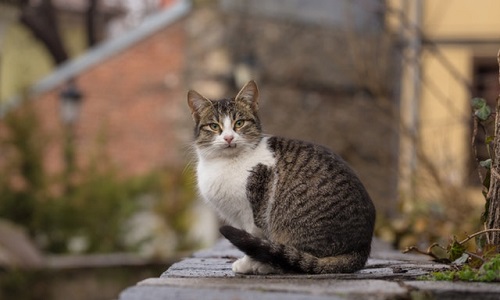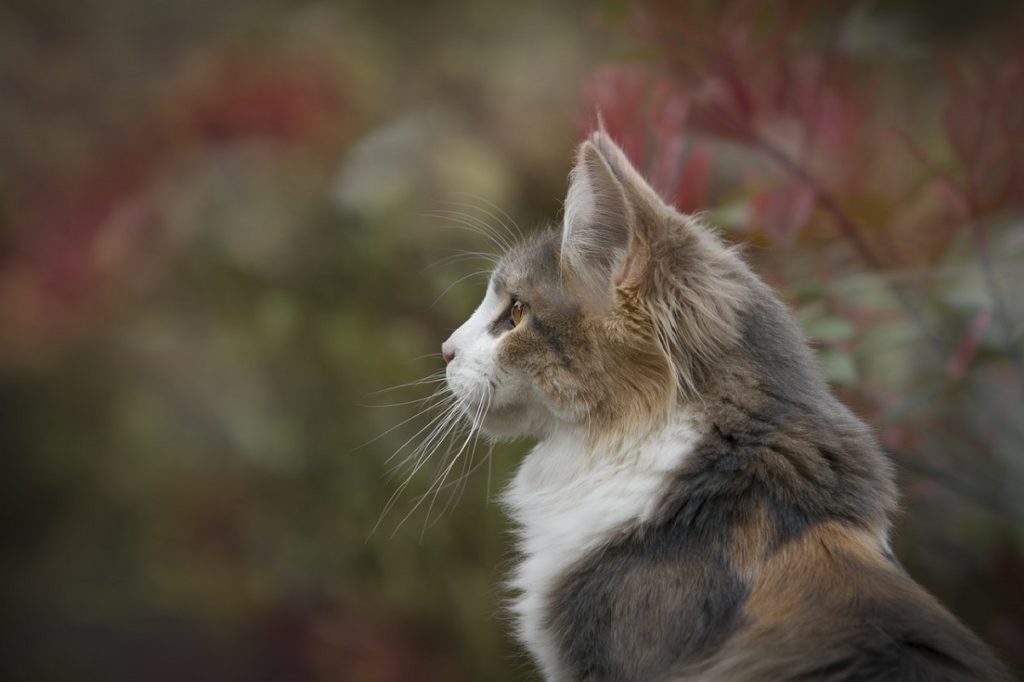Taking care of an underweight older cat can be a difficult and trying experience. Cats are picky eaters in general, exhibiting much more demanding behavior towards their owners than dogs do. This is especially true the older a cat gets. Figuring out what to feed an older cat to gain weight can be difficult for even the most seasoned owner. In this article, we’ll discuss some tips that you can use to encourage your cat to eat more.
The most important thing for a cat owner to remember when attempting to get their older cat to gain weight is to exercise patience and flexibility with their older companion. Keep in mind that a strategy that works for one cat may not work for another. You will have to learn the individual needs of your cat and pay close attention to his body language and how they express pleasure or displeasure with your attempts to encourage him to eat.
Loss of Appetite and Health Complications
Loss of appetite in cats carries with it dangerous side effects in some cases. In particular, loss of appetite is usually accompanied by the quick onset of dehydration, especially for cats that live off a mostly wet food diet. Loss of appetite is also a common indication of an underlying health condition. If your cat isn’t feeling well due to something else, you may first notice it as a loss of appetite. Understand that when we are speaking of appetite loss, we are not referring to a missed meal. Rather, pay attention if your cat continues to demonstrate a disinterest in food past the second or third meal.
In cats, loss of appetite is always a serious event and warrants an immediate evaluation by a veterinarian. Even longtime cat owners may not be aware of the extent to which cats can hide their discomfort if they are suffering. Loss of appetite may be the first outwardly visible sign of an underlying medical condition. Catching something that is causing your cat to lose weight or not eat early will be beneficial to their overall health in the long run.
Encouraging Eating
 Once you have gotten all of the test results back eliminating any health conditions as the cause of your cat’s weight loss, you can begin the process of encouraging them to resume a healthy level of eating. The following tips should be used as a starting point for exploring options to figure out what to feed an older cat. Cats are finicky pets, and it is not uncommon for a cat to spontaneously decide he no longer likes the food you have fed him for his whole life. As such, approach the process with an open mind and with the goal of meeting your cat’s nutrition checklist.
Once you have gotten all of the test results back eliminating any health conditions as the cause of your cat’s weight loss, you can begin the process of encouraging them to resume a healthy level of eating. The following tips should be used as a starting point for exploring options to figure out what to feed an older cat. Cats are finicky pets, and it is not uncommon for a cat to spontaneously decide he no longer likes the food you have fed him for his whole life. As such, approach the process with an open mind and with the goal of meeting your cat’s nutrition checklist.
Change Their Food
Changing your cat’s food is often regarded as a last resort for cat owners. However, it doesn’t have to be. Your cat will give you strong indicators that they like or dislike a certain food. Your cat turning his nose up at his regular food may be his way of telling you that he wants something new. Your cat may respond positively to a new flavor profile, such as changing from a chicken flavor to a tuna or beef flavoring. It’s important you know how to switch cat foods before attempting to do it yourself. Make sure for the first few weeks you include half of the old food and half of the new food in order for your cat’s body to get used to the new ingredients.
Try Wet Food
If your cat has stopped eating his dry food, you may want to try incorporating some wet food into his diet. Wet food may provide a more tantalizing smell that excites his palate, or the texture may be easier on his aging teeth. Try setting out some wet food next to his dry food, and see if he responds positively. It may spark some curiosity and encourage him to begin eating.
Don’t Leave Food Out
It may seem counterintuitive, but you don’t want to leave food out all day when trying to encourage healthy eating habits. Having structured feeding times that last between 10-20 minutes can encourage your cat to eat when the food is there, rather than ignore it in the hopes that you’ll put something more appetizing down. If your cat is severely underweight, you will want to consult with a veterinarian to determine the ideal feeding pattern for your cat, as well as whether you should be leaving food out.
Try it Warm
 Try placing some warm water or milk on your wet food and mixing it up. It will slightly warm up the wet food above room temperature, while also providing some increased moisture for your cat. Your pet may find the smell of warmer food more appealing, and the taste more palatable. Additionally, avoid refrigerating any unused portion of food, as cats tend to avoid cold wet food in general.
Try placing some warm water or milk on your wet food and mixing it up. It will slightly warm up the wet food above room temperature, while also providing some increased moisture for your cat. Your pet may find the smell of warmer food more appealing, and the taste more palatable. Additionally, avoid refrigerating any unused portion of food, as cats tend to avoid cold wet food in general.
By following these helpful tips above, your older cat should be eating his kitty chow in no time at all! If your furry feline is still having issues after you have tried these points, talk to your vet for further guidance.




